Growing kohlrabi, cabbage care and storage rules
Kohlrabi is an unusual vegetable that looks like a radish or turnip, and tastes like a cabbage stump. Only it tastes better, it is more juicy and sweet. By planting kohlrabi in open ground in several stages, the fruits can be eaten at the end of June and harvested until frost. Late varieties have good keeping quality and are stored until the end of winter. The care is simple and cost-effective.
Three stages of cultivation
To get a crop for a long time, cabbage should be planted in three stages.
- Seeds are sown for seedlings at the end of March, and planted in the ground in mid-May. The fruits are ready for harvest at the end of June. In areas with a warm climate, the time for sowing seeds for seedlings can be postponed two weeks earlier, then the cabbage will ripen in mid-June.
- The cultivation of the second batch of seeds begins in early May, and the grown seedlings are planted in the beds in mid-June. Kohlrabi is ready for harvest in August.
- Planting of the third part of the seeds is carried out in July. You can germinate seeds in a separate container, and then plant them in the ground, or you can sow them directly on the garden bed. In the second case, the seeds are planted immediately to a permanent place, without further diving. If the summer is hot, then the bed must be covered with agrofibre so that the seeds do not dry out. The shelter should be removed as soon as the first shoots appear. In this case, kohlrabi is harvested in late September or early October.
If the cultivation of cabbage is carried out in stages, then it must be borne in mind that at the beginning of summer it is better to plant early varieties, and late varieties are suitable for autumn harvest.
Important!
Seeds for seedlings are sown 5-6 weeks before the time when cabbage is planted to plant in the ground.
Seedling growing rules
Like all crucifers, kohlrabi is susceptible to various diseases. To prevent this, before planting seeds for seedlings, they must be soaked in slightly hot water for 15-20 minutes. Water temperature - no more than 60 ° С. After a hot bath, they are immediately cooled in cold water, and then placed in the refrigerator for a day.
This procedure can be replaced by soaking cabbage seeds in a pale pink solution of potassium permanganate for 1.5-2 hours, and then also put in the refrigerator.
After cooling, the seeds should be wrapped in a damp cotton cloth and kept there until they hatch. Only seeds that have hatched should be planted in the seedling box, because the germination of the rest is unlikely. Sowing depth - 1 cm.
Kohlrabi does not tolerate a transplant with a violation of the earthen coma, so it is better if the planting is carried out in separate cups. When planted in open ground, the seedling easily adapts to new conditions and quickly begins to grow the stem crop.
If the seeds are sown in one box, then the pick should be carried out as soon as the first leaf appears. This will be less painful for the seedlings than a later transplant.
Seedlings are grown according to the following scheme.
- The cups are covered with a film that is removed after germination. The best temperature for germinating seeds is 20 ° C.
- After germination, seedlings need a cool place where a temperature of about 10 ° is maintained. This allows the seedlings not to stretch, but to grow roots.
- After 15 days, the temperature is raised again to 20 °.
Seedling care and hardening
Caring for cabbage seedlings consists in maintaining the soil in a slightly moist state and several dressings with micronutrients. The fertilizer is suitable for complex seedlings of vegetable crops.
- The first time they feed is when 3-4 leaves grow on the seedlings.
- The second feeding is foliar feeding. Spraying with microfertilizer is carried out 1-2 weeks before planting in open ground.
10 days before planting in the garden, the seedlings begin to harden. They gradually accustom themselves to the sun's rays and low temperatures, starting from 2 hours, daily extending the time by 1.5-2 hours.
Preparing the garden
The place where cabbage is supposed to be grown should be sunny and not flooded after rains. Planting should not be carried out in an area where cruciferous plants were previously grown: other types of cabbage or turnip, radish, radish, mustard.
Growing this vegetable on acidic soil is unacceptable - the fruits will be tough and fibrous, which will make them unsuitable for eating.
The bed on which it is planned to plant kohlrabi is prepared in the fall. It is necessary to remove all weeds, dig up the soil and add ash, compost or rotted manure.
Urea and superphosphate are added in the spring. 1 m2 2 teaspoons of each fertilizer is enough.
Advice
If fertilizers are applied immediately before planting, then additional feeding during the entire growing season will not be required.
Planting seedlings
Planting of seedlings is carried out according to the scheme 60x40 cm.For later varieties, this distance must be increased.
Important!
Dense beds complicate care, make growing difficult and increase the likelihood of disease and pest damage.
Each seedling must be replanted, trying not to destroy the clod of earth around the roots. Deepen the plant just above the cotyledonous leaves.
Growing early varieties requires covering the seedlings with agrofibre overnight. Although this vegetable is considered a cold-hardy plant, night frosts in May may slightly slow down the formation of the stem.
If the seedlings were regularly nursed, then the stem grower begins to form when the plant has 7 leaves. His growth and weight gain occurs very quickly.
Caring for cabbage beds
Cultivation of cabbage is not burdensome, care is weed control, loosening and watering. These farming practices can be minimized by mulching the soil around the plants.
Watering should be done regularly. The planted seedlings are watered every 3-4 days. After rooting has passed and new leaves begin to grow, water a little less often - when the soil begins to dry out. In hot weather - more often. Lack of moisture makes the stalks taste bitter.
Important!
Watering kohlrabi is carried out often, but little by little. With too much water, the fruit will crack because the flesh will grow faster than the skin.
The fruit is ready for consumption when its volume reaches 7-8 cm. Overripe cabbage heads become hard, fibrous.
Grooming also includes constant inspection of plants for pests or disease onset. The sooner you notice problems in the garden, the easier it is to fight. In the early stages of the disease or at the first pests, the best means of control are biological preparations that do not harm the plant, do not accumulate in fruits and are harmless to humans.
Harvesting and storage
Early kohlrabi varieties, planted in May or June, have a more delicate flavor, but they quickly become fibrous, tend to shoot arrows and do not last long. Pluck them as they ripen or need. The optimal size of the stem is about 7 cm.
It is best to store them in the refrigerator, in the vegetable compartment, wrapped in a plastic bag. Their quality does not change for two weeks.
Late varieties have good keeping quality. They are stored in the basement, where high humidity is maintained.
Cabbage is cut in early October, when the night temperature begins to drop to 0 °. The leaves are removed and the root is retained. Before harvesting for storage, the fruits are first dried in a dry place, then cleaned of soil residues on the roots.
Convenient to store in boxes, sprinkling cabbage with slightly damp sand. It is necessary to leave space between the fruits so that in case of damage to one, the other does not start to deteriorate. If the sand dries up, it must be sprayed with water. In this way, kohlrabi can be stored until spring.
Output
Growing varieties with different ripening periods will allow harvesting for a long time, starting at the end of June.
Kohlrabi care is simple:
- fertilizing the soil before planting allows you not to carry out additional fertilizing;
- the stem crop is formed within 2-3 weeks after planting the seedlings, it quickly gains weight;
- in the refrigerator it does not lose its freshness until the crescent, and in the basement the late varieties are stored until the end of winter.
An important point in growing is regular watering. Watering should be done frequently so that the fruits do not become bitter, but in moderation so as not to provoke their cracking.
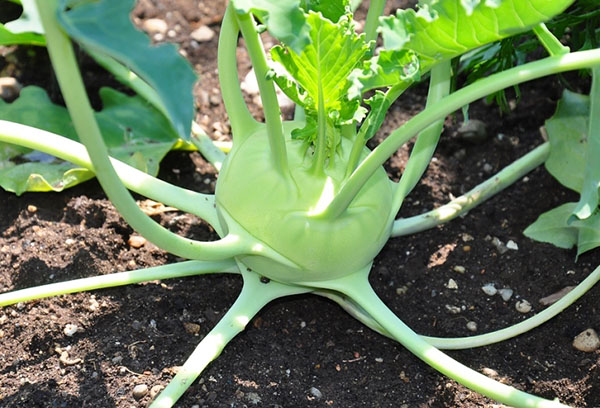
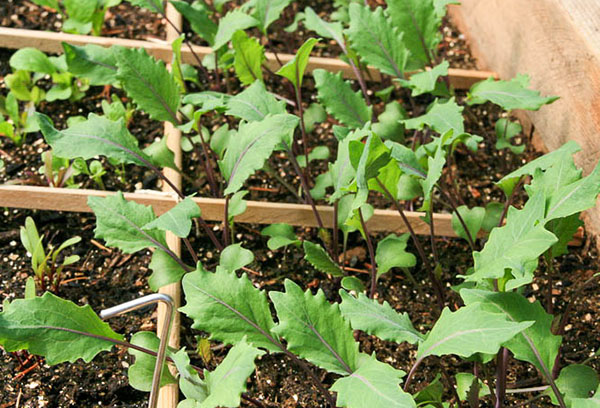
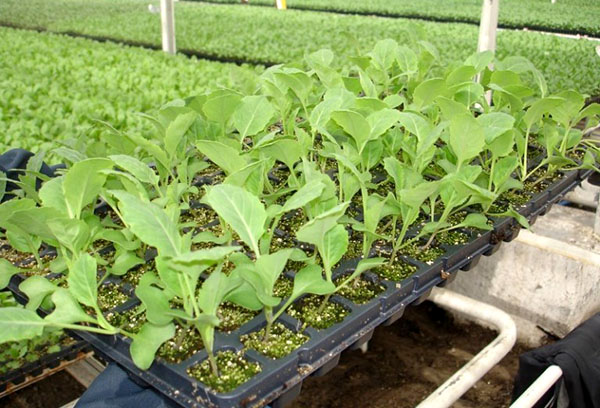
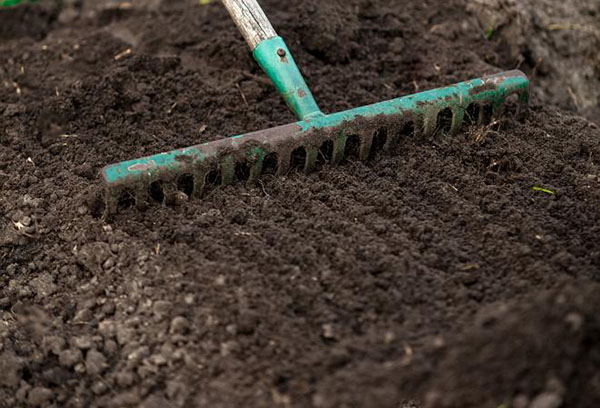
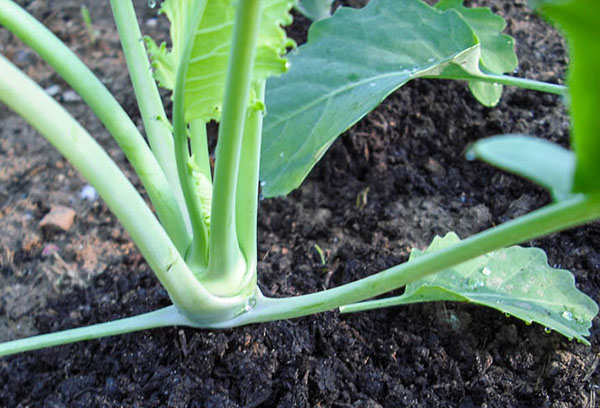

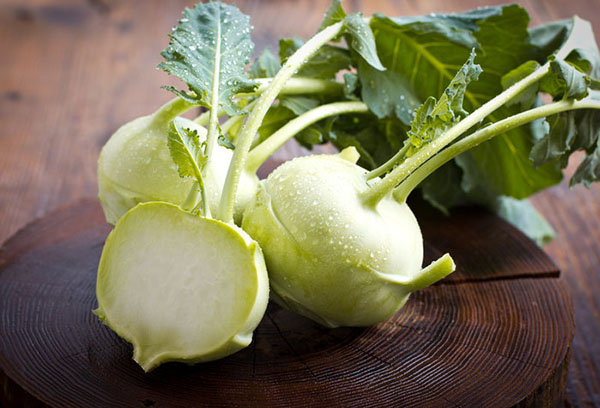

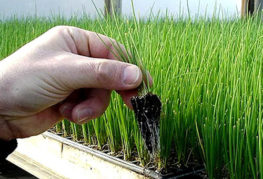
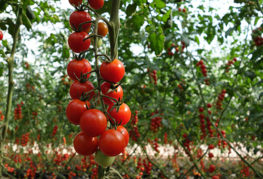
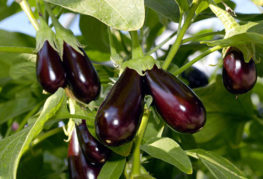
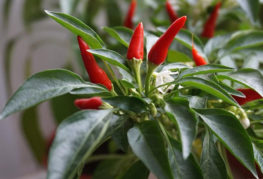
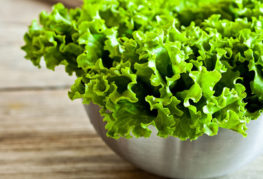
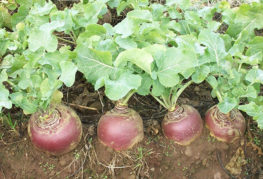
and will be published shortly.